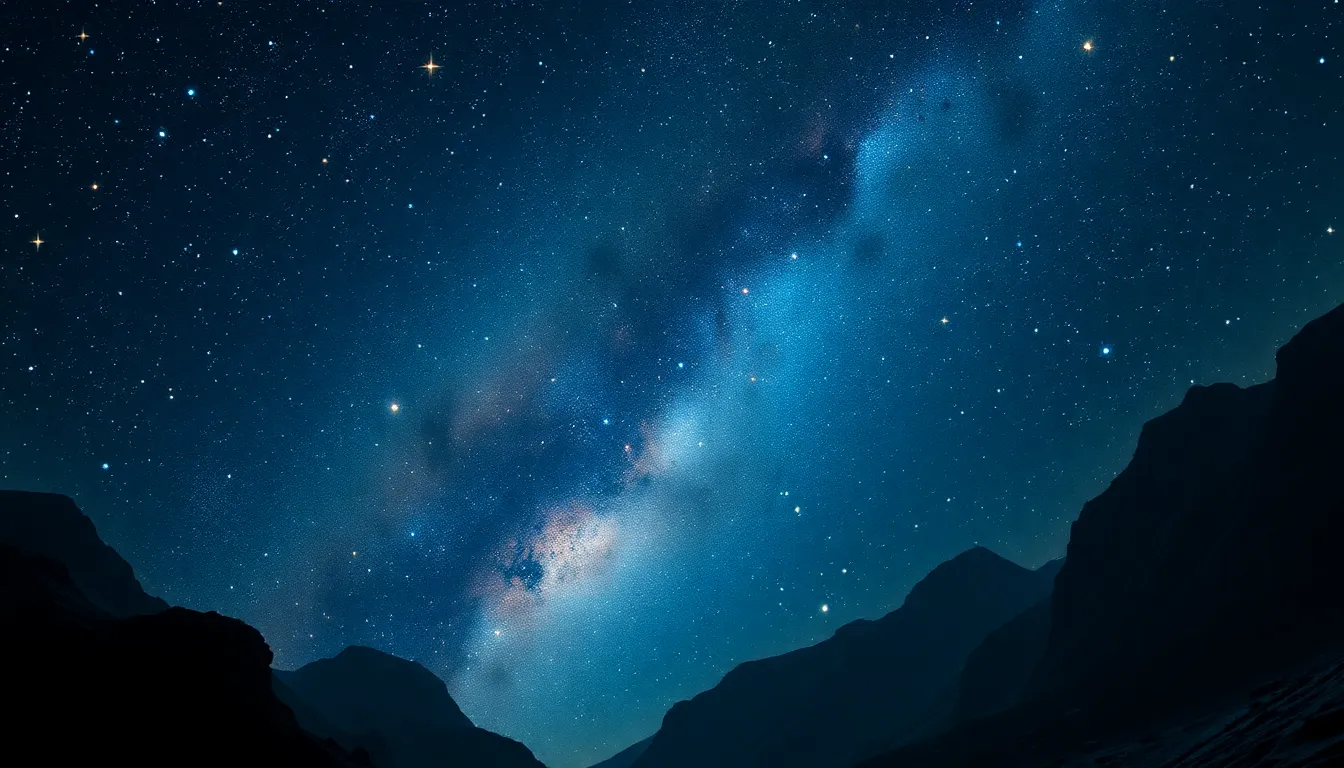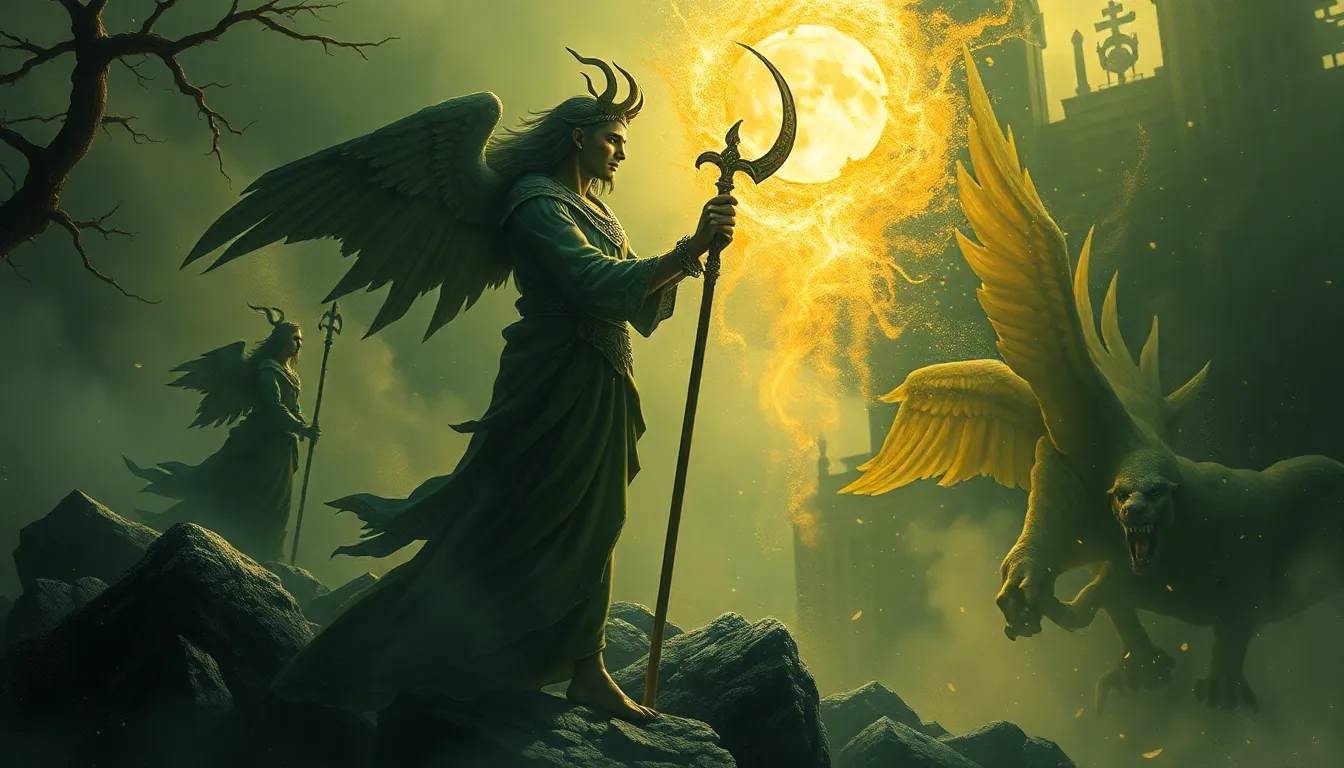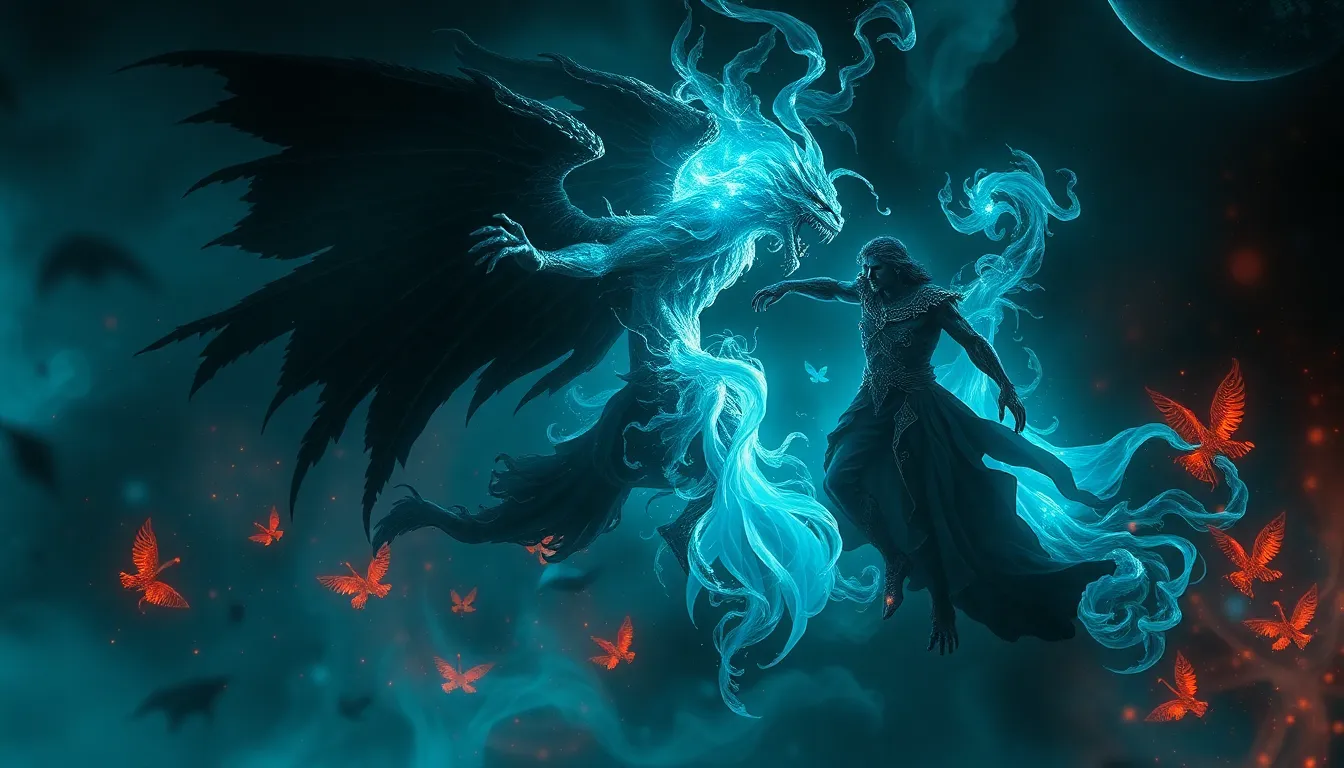The Cosmic Legends: How Stars Became Mythical Characters
I. Introduction
The relationship between stars and mythology is as old as humanity itself. From the earliest days of civilization, people have looked up at the night sky and seen not just distant suns, but also stories that have shaped their cultures, beliefs, and identities. Stars have served as navigational guides, agricultural markers, and, most importantly, as the foundations for a multitude of myths that reflect the values and struggles of societies.
This article delves into the cultural interpretations of stars, exploring how various civilizations transformed these celestial bodies into mythical characters and stories that resonate through time. By examining the role of stars in ancient societies, the origins of constellations, and the evolution of star myths, we can better understand the enduring power of the cosmos in human imagination.
II. The Role of Stars in Ancient Civilizations
In ancient times, the stars were not merely points of light in the sky; they were essential to the survival and development of early human societies. Their roles included:
- Navigational Tools: Stars served as guides for travelers and sailors, helping them navigate vast oceans and uncharted territories.
- Agricultural Significance: Many ancient cultures relied on the stars to determine the best times for planting and harvesting crops, as well as to create calendars that marked the changing seasons.
III. Constellations: The First Storytellers of the Night Sky
Constellations are perhaps the most recognizable aspect of star mythology. They are patterns formed by groups of stars that have been interpreted in various ways by different cultures. Some of the major constellations and their origins include:
- Orion: Named after a hunter in Greek mythology, Orion is one of the most famous constellations, often depicted as a figure holding a bow.
- The Big Dipper: Known in various cultures, this asterism is part of Ursa Major and has been interpreted as a ladle or a bear, depending on the society.
Each culture attributed its own stories and characters to these star patterns, weaving narratives that were passed down through generations. For example, in ancient Chinese mythology, the stars of the Big Dipper were associated with the concept of justice and governance.
IV. Mythological Archetypes: Common Themes Across Cultures
As we explore star mythology, we find common archetypes that appear across various cultures. These include:
- Heroic Figures: Many cultures have stories of heroes whose adventures are mirrored in the stars. For instance, the Greek hero Hercules is represented in the night sky.
- Light and Darkness: Stars often embody the duality of light and darkness, symbolizing hope and despair, guidance and confusion. This theme is prevalent in both ancient and modern narratives.
V. The Influence of Greek and Roman Mythology
The myths of ancient Greece and Rome have had a profound impact on the naming of constellations and the development of Western astronomy. Key constellations named after deities include:
- Cassiopeia: The vain queen, who was punished by the gods and placed among the stars.
- Scorpius: Associated with the scorpion that killed Orion, representing the cyclical nature of life and death.
These myths not only influenced the stars’ names but also shaped the cultural narratives in Western literature and art, creating a lasting legacy that continues to resonate today.
VI. Indigenous and Non-Western Star Myths
While Greek and Roman myths are well-known, many indigenous and non-Western cultures have their own rich traditions of star mythology. For example:
- Native American Cultures: Many tribes have unique star stories, such as the Lakota, who see the Pleiades as the Seven Sisters, each with its own story and significance.
- Asian Mythologies: In Chinese mythology, the stars are linked to various deities and legends, such as the Weaver Girl and the Cowherd, whose love story is celebrated during the Qixi Festival.
- African Mythologies: In various African cultures, stars are often associated with ancestors and are seen as guiding spirits in the night sky.
VII. The Transformation of Stars into Characters Over Time
As societies evolved, so did their folklore and storytelling traditions. The transformation of stars into characters reflects the changing values and beliefs of cultures. This evolution includes:
- Folklore and Storytelling: As new stories emerged, the characters associated with stars were often adapted to fit contemporary narratives, blending old myths with new interpretations.
- Impact of Literature and Art: The portrayal of celestial characters in literature and art has influenced public perception, making star myths accessible to wider audiences.
VIII. The Scientific Perspective: Stars vs. Myth
With the advent of modern science, a distinction has emerged between astronomical facts and mythological narratives. Key points of consideration include:
- Astronomical Facts: Stars are massive celestial bodies undergoing nuclear fusion, with properties that can be measured and understood through scientific inquiry.
- Mythological Narratives: Despite the scientific understanding of stars, mythological narratives continue to hold cultural significance, reflecting human emotions and experiences.
Modern science has reshaped our understanding of stars, yet it coexists with the rich tapestry of stories that have been woven around them.
IX. The Legacy of Star Myths in Contemporary Culture
In contemporary culture, interest in astrology and star-based narratives has seen a resurgence. The legacy of star myths can be observed in various forms:
- Astrology: Many people turn to astrology for guidance, finding personal meaning in the positions of celestial bodies.
- Modern Storytelling: Films, literature, and television often draw upon star mythology, incorporating celestial themes and characters into their narratives.
X. Conclusion
The enduring power of stars in human imagination is a testament to their significance across cultures and history. As both navigational aids and mythological characters, stars have shaped our understanding of the world and our place within it. Preserving the cultural legends associated with the cosmos is essential, as they provide insight into the values, beliefs, and aspirations of humanity throughout the ages. The stories of the stars continue to inspire and guide us, reminding us of the profound connection between the universe and our collective human experience.




